This post may contain affiliate links. Please read my disclosure policy.
This nut-based Gluten Free Pie Crust is buttery and so delicious! It uses almond flour and tapioca flour and it is great for both savory and sweet pies and is so easy to work with. It’s gluten and grain free, with option for a dairy-free alternative.
 Gluten Free Pie Crust
Gluten Free Pie Crust
This gluten free and grain free pie crust has been on the Lexi’s Clean Kitchen website (and book) for some length of time, but we’ve never taken it out of the various recipes and singularly focused on how to make it, and shared all the tips we can in one spot. So we’re doing that now to talk all about how to make this buttery and delicious crust! It uses our trusted blend of almond flour and tapioca flour and it’s made quickly in the food processor. It can be used in sweet pie recipes, such as Apple Pie, or savory recipes such as Spring Vegetable Quiche or other fun projects like Pop Tarts or Hand Pies!
Here is what is in this Classic LCK Gluten Free Crust
- Almond flour
- Tapioca flour
- Salt
- Butter (can sub ghee or coconut oil, but we prefer the taste of grass-fed butter by far)
- Egg
- Honey
Tips for Making Gluten Free Pie Crust:
- Get all of the ingredients prepared before you begin: Measure out the dry ingredients, cut the butter and make sure it is chilled and crack the egg with the honey in a bowl.
- Don’t over-process the dough: Once it has come together stop running the food processor.
- Wrap it up! Wrap the dough tightly in plastic wrap, either in 1 or 2 disks, depending on if you are making a double batch.
- Let it chill! The longer this dough chills, the better. It’s best to let it sit overnight, but at a minimum it needs 4 hours.
Tips for Rolling Out Pie Dough
- Make sure your dough is thoroughly chilled first: this is the best tip we can offer! This dough is hard to work with when it is warm.
- To roll it out we suggest using plastic wrap. Place a piece of plastic wrap down, then place the dough on top, then place another piece of plastic wrap and roll out between the two. We don’t normally tend to suggest using plastic for anything, but with this dough it really works out better on plastic vs. parchment. If you don’t own plastic wrap (we don’t blame you!) parchment paper can work too. Wax paper might work as well, but we did not test that.
- Work quickly when rolling, or working with the dough. If it warms up and becomes hard to work with just place it in the refrigerator to cool back down and then begin again. This is especially true in the summer if your home is hot.
- If you are making a standard 9″ pie, roll the dough out into an 11″ circle. Then take off the top piece of plastic or parchment, place the pie tin on top of the dough and invert the rolled dough into the dish. Then you can crimp the crust if you desire.
 What is par-baking?
What is par-baking?
Par-baking a pie crust means that you will partially or fully bake the pie crust before placing in the filling. Each recipe you use for the filling will indicate whether or not you need to par-bake the filling, but typically if the pie filling is going to be cooked for long periods of time (like fruit fillings) you do not need to parbake. But if you are making a pie such as a custard or even a no bake filling you’ll want to partially to fully bake the pie crust.
We don’t recommend baking this pie crust at a temperature higher than 350ºF so if you are using this pie crust in place of a regular wheat crust in another pie recipe you might have to adjust the temperature so this crust doesn’t burn.
Can you make this dough ahead of time?
Yes, the dough can be made up to 5 days ahead of time. Wrap it tightly in plastic wrap twice. We do not recommend freezing this dough.
Troubleshooting Tips
Pie dough is too sticky! Simply add a bit more tapioca flour to it. We always recommend weighing gluten-free flours for baking, as they need to be as precise as possible. With this dough, if you don’t have enough flour, it can be too sticky.
Pie dough is too soft! Put it in the refrigerator. This dough should be completely chilled before working with and if it gets too warm at any point, put it back in the refrigerator to chill down.
The pie dough melted in the oven! Either your oven wasn’t hot enough, or your dough was too soft. The goal is always to get chilled pastry dough in a very hot oven so that it cooks and “sets” very quickly, before the butter has a chance to melt and slump down.
The pie crust is too brown! This crust browns more easily because it is made up of almond flour. It doesn’t affect the taste in a negative weight, except if it is burnt. Brown is fine! Burnt isn’t.
For this recipe we used these tools:
- Food Processor
- Rolling Pin
- Pie Tin
- Essential items: Bowls, Whisk, Spatula
Check out these pie recipes:
- Gluten Free Apple Pie
- Apple Hand Pies (Gluten-Free)
- Chocolate Decadence Pie
- Quiche
- S’mores Pie (Gluten-Free)
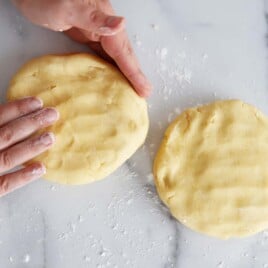
How to Make a Gluten-Free Pie Crust
Ingredients
For a single crust:
- 1 cup 98g almond flour
- 1 cup 120g tapioca flour / starch
- 1/2 teaspoon salt
- 1/2 cup butter cold, cut into cubes
- 1 eggs
- 1 teaspoon honey
For a double crust:
- 2 cups 196g almond flour
- 2 cups 240g tapioca flour / starch
- 1 teaspoon salt
- 1 cup butter cold, cut into cubes
- 2 eggs
- 1 tablespoon honey
Instructions
To Make Pie Crust:
- In a food processor combine almond flour, tapioca flour, salt and cold butter and pulse until the butter is broken down into pea-sized pieces.
- Add in egg and honey and process until the dough comes together.
- Shape dough into one or two round disks (depending on if you are making a double crust), wrap tightly in plastic wrap and transfer to refrigerator until cold, at least 4 hours or overnight.
To Roll Out Dough:
- Between two sheets of parchment or plastic wrap, roll out dough to fit the size of a 9 inch pie tin, about a 12 inch circle. Removing one sheet of parchment and invert the pie dough into your tin.
- If you are making a double crust, roll out the remaining dough disk to an 11" circle. If you are making a lattice, cut the dough into 8 or 10 strips (depending on your lattice ability!) and weave the lattice on a sheet of parchment. If at any point the dough feels difficult to work with, place in the refrigerator until the butter is chilled.
- Bake pie as directed per chosen recipe.
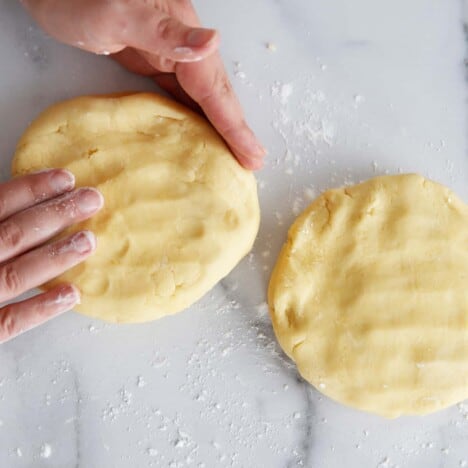
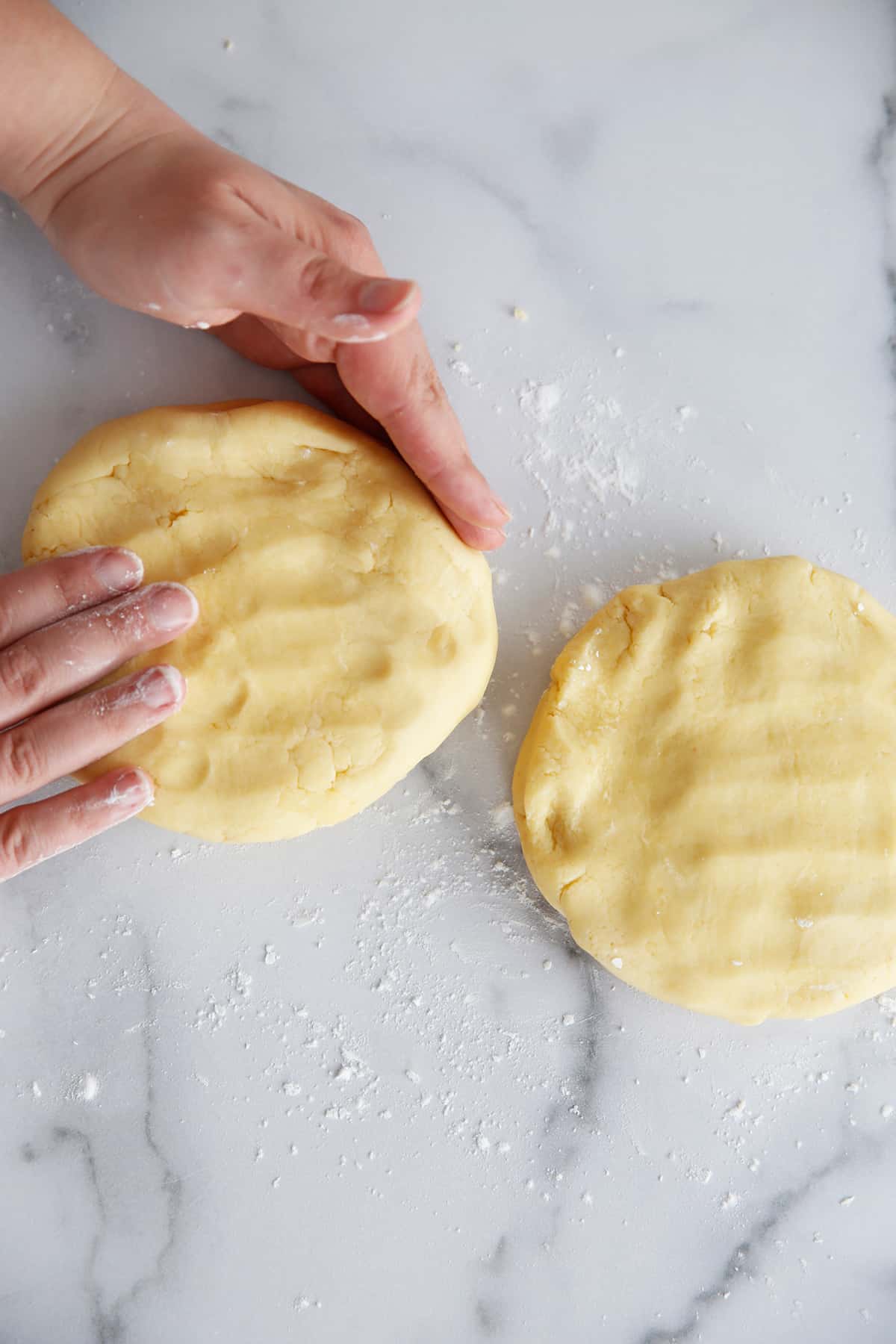 Gluten Free Pie Crust
Gluten Free Pie Crust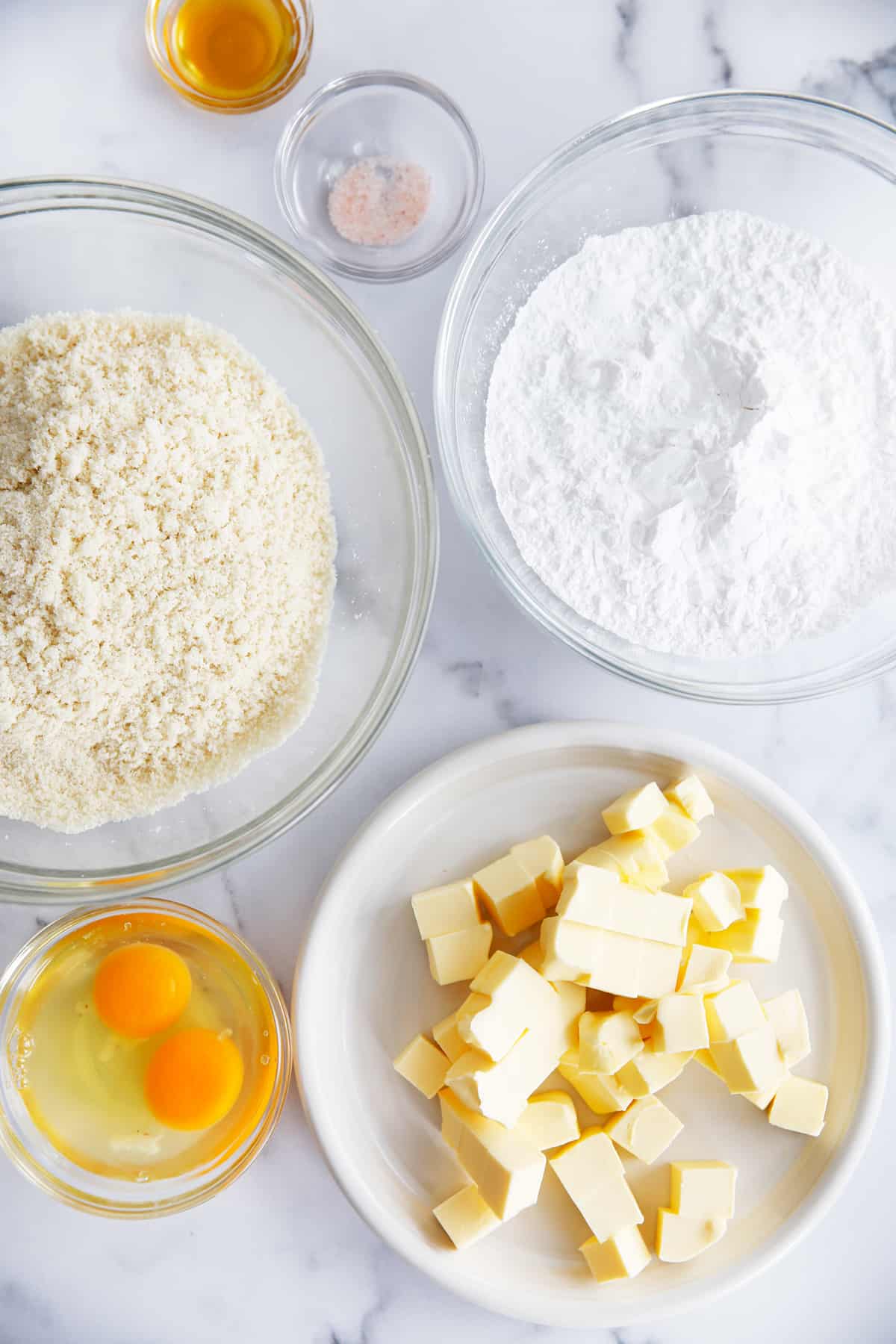
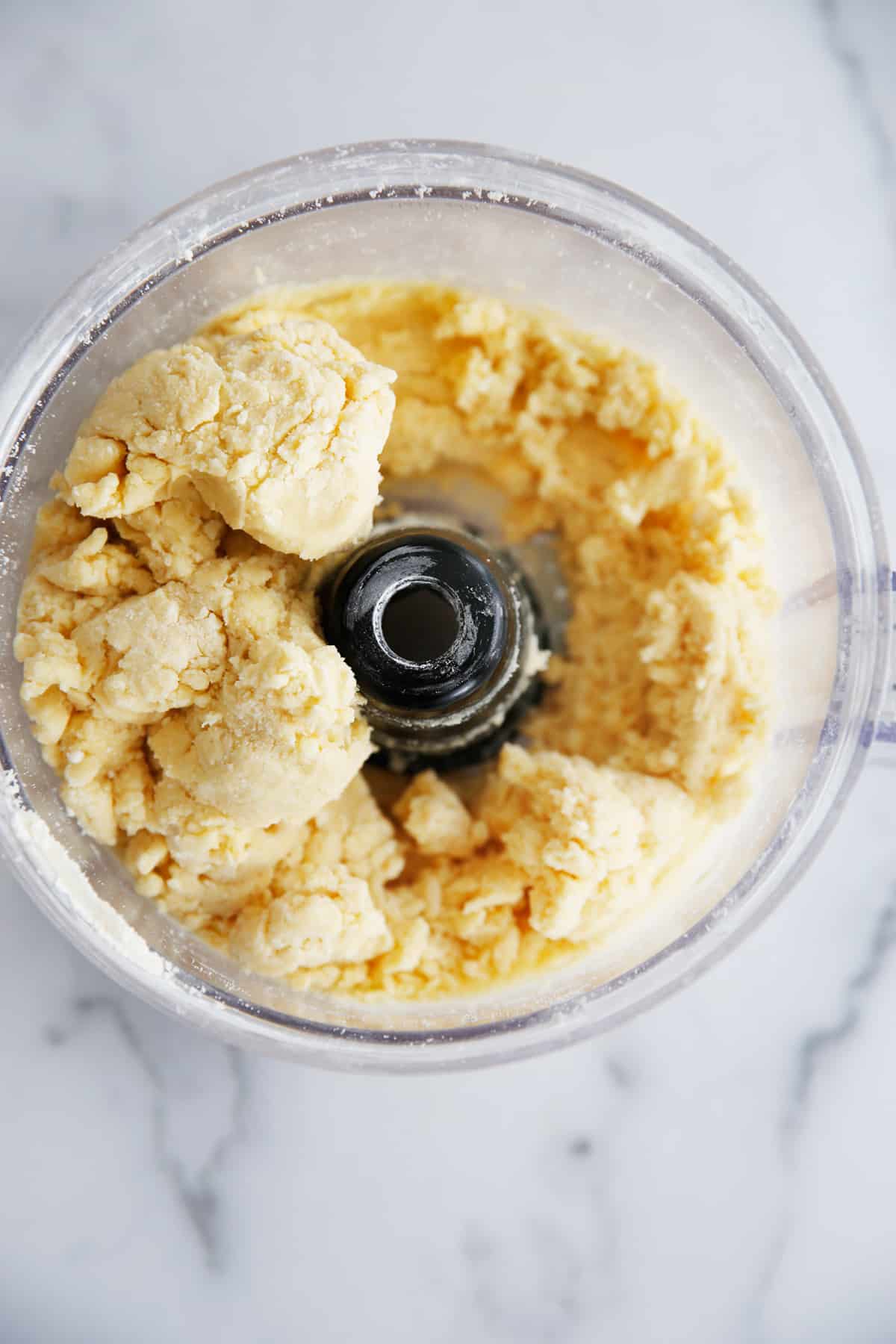
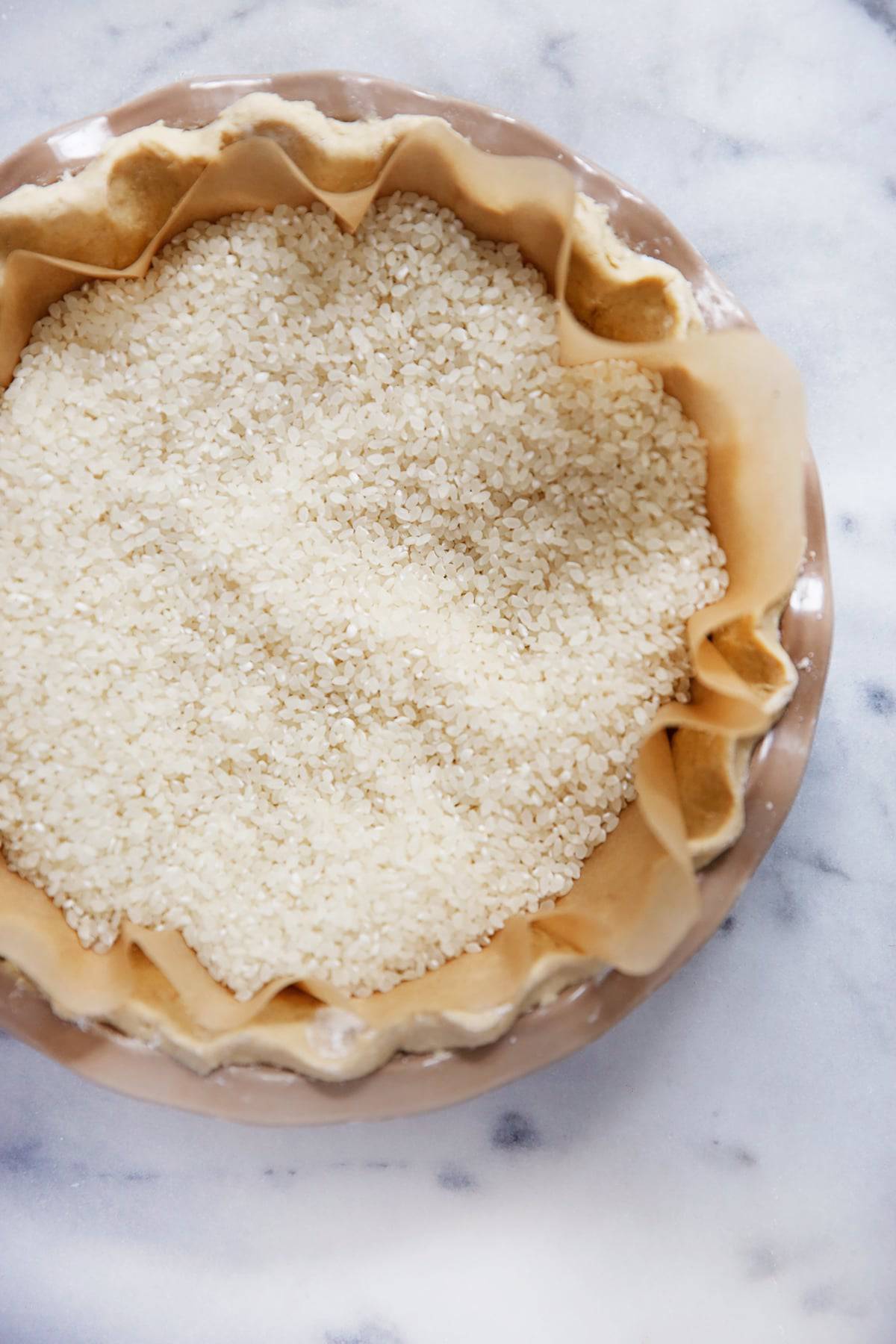 What is par-baking?
What is par-baking?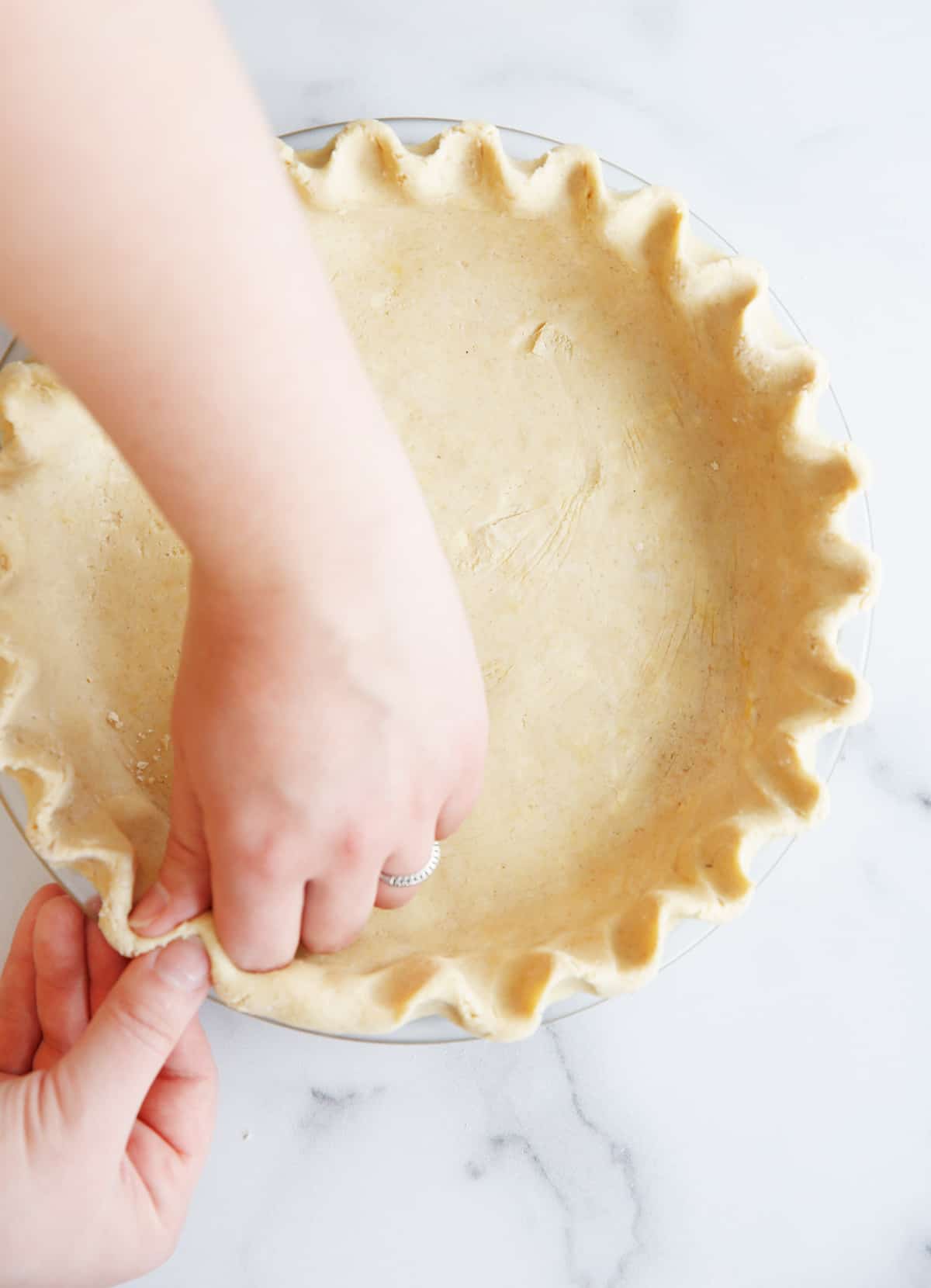
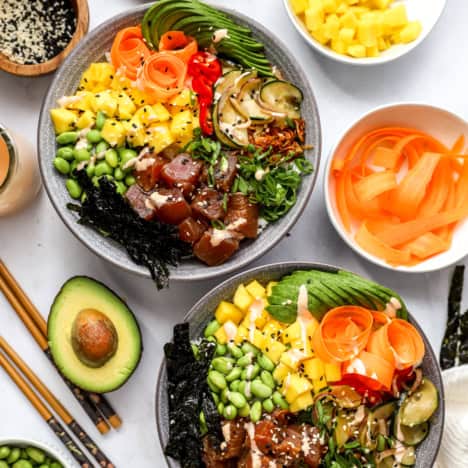

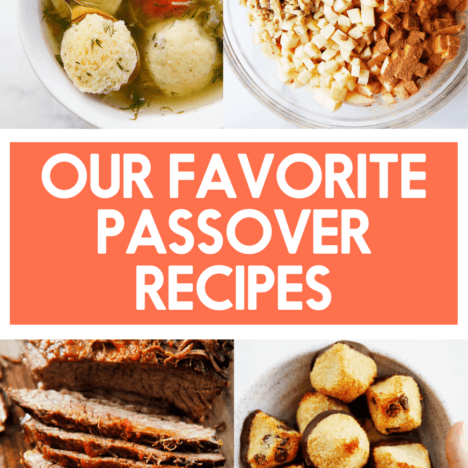
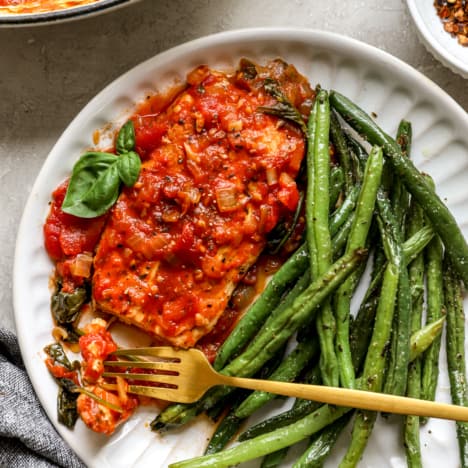
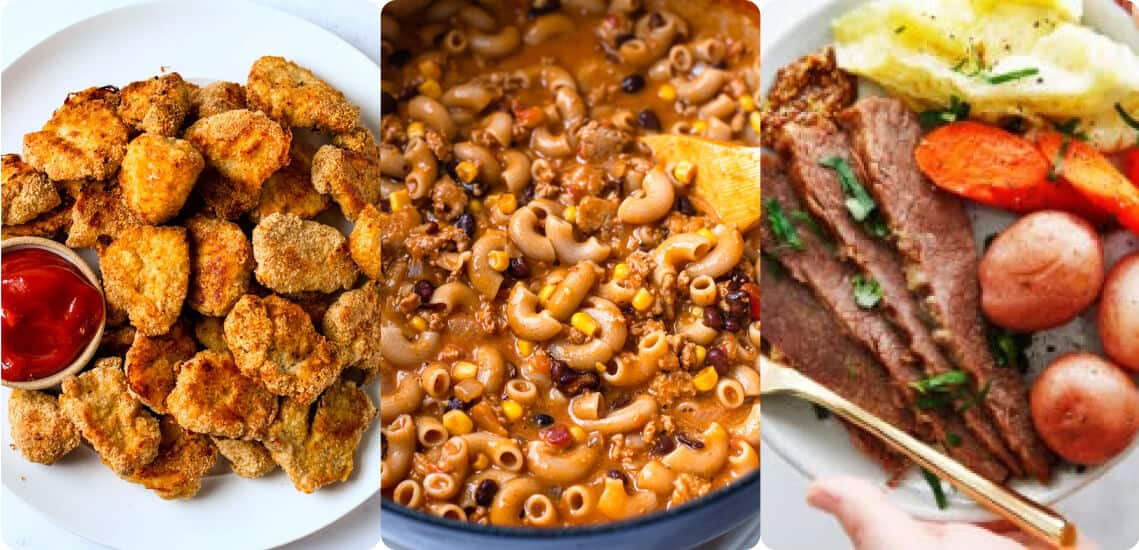
This looks terrific and the posts sure recommend it. My sister in law is also dairy free. Could I make it with dairy free butter? Thank you.
Did you try to make this dairy free and did it work? I loved the recipe normally but for thanksgiving my sister and my other sister’s bf are both dairy free and just havent had much experience with dairy free butter options!
We have not tested a dairy-free alternative! But, if you give it a try we’d love to know!
Hey I have used this recipe more times than I can count, but have never taken time to leave a comment. Just want to say THANK YOU for this! It is so easy to make and to work with, and tastes incredible. One thing I’ve learned over time is that if you want to use this as a double crust with a hot filling (I made chicken pot pie last night) it works best if you get your bottom dough in the pie plate, then pop it back in the freezer. Take the time to let your filling COOL DOWN so that it won’t melt that bottom crust. If you do that, this baby turns out beautifully. Thanks for an amazing GF pie crust, Lexi!
Thank YOU so much for taking time to leave this review!!
I was very excited to try these recipes but your website is very difficult to navigate on mobile with all the pop up ads and as a result loads very slow. Please make a blog or something instead.
Hi Libby! Thank you for your message. We are working on a redesign, but hopefully you can X out of the pop up ads. The ads are the way we can give all of our 950+ recipes for free, so I hope you understand. With that said, we are always working on making the website as user friendly as possible, so thank you so much for your feedback! – Lexi
Hi!
Hope this msg finds you well.
Quick question – what would be a good substitute for tapioca flour? Would rice flour work? And what quantity?
Many Thanks!
M
We have not tried it with rice flour. Arrowroot is a similar substitution to tapioca.
Is it possible to do this completely with tapioca flour or is the almond flour every necessary.
The almond flour is really necessary.
best gf crust I have found. Thank you so much. stays togther and tastes great.
I omit the honey, its really best not to bake with honey ayurveda says it turns to glue in your intestines once cooked.
That’s the most ridiculous pseudoscience I’ve ever heard Lmao. Honey does not turn to glue in your intensities *eye roll*. If you don’t eat it for religious reasons that’s one thing, but if it’s bc of some health fear mongering then you might wanna do some actual research in the topic instead of falling victim to fake health advice. Honey is only not good to eat cooked if it’s literally burnt but that’s the same with all foods. It’s completely safe to cook with especially when it’s in something like a baked good. Stop spreading pseudoscience on someone else’s blog. It’s rude.
I don’t have a food processor. Can I make the gluten free pie crust with a metal handheld pastry blender?
You could try to blend the butter in with your fingers by rubbing it in together with the flour. Just make sure to really get it blended in and the mixture well combined!
How do you recommend parbaking this crust? For a AP flour I would do it at 400. Will this work at 350? And for how long? Thank you!
Hi Marissa! That information is in the details of the post! Be sure to read through that if you have any questions but we recommend 350!
Lexi, I love this recipe and I’m wondering, would I be able to make a few batches and freeze them for future use?
Absolutely!
I like this recipe a lot – very tasty for a galette I made! Nevertheless, I found the dough hard to work with…any tips? increase tapioca flour maybe?
Hi, I can’t eat eggs. What can I replace it with?
Thanks!
Would this work for a free form Crostata? Does it hold together well when rolled out?
Yes – see here: http://lexiscleankitchen.com/apple-galette/
This is the first gf pie crust recipe I’ve ever made and let me tell you, it is easy, fun and delicious! Lexi’s step by step instructions and helpful hints made my first pie experience way less intimidating than I expected it to be!
We’re so happy to hear that! Happy baking!
Hi Kelli!
I came across your blueberry pie recipe and would like to make this almond flour gluten free crust with it. How can I substitute cassava flour for tapioca flour? Would I use a bit less cassava flour than the recipe calls for due to it having a more thickening effect? – Thanks!
We haven’t tested with Cassava – it would be different. A better sub for tapioca would be arrowroot!
This is so, so good! We truly couldn’t taste the difference between this and a traditional pie crust. It’s amazing.